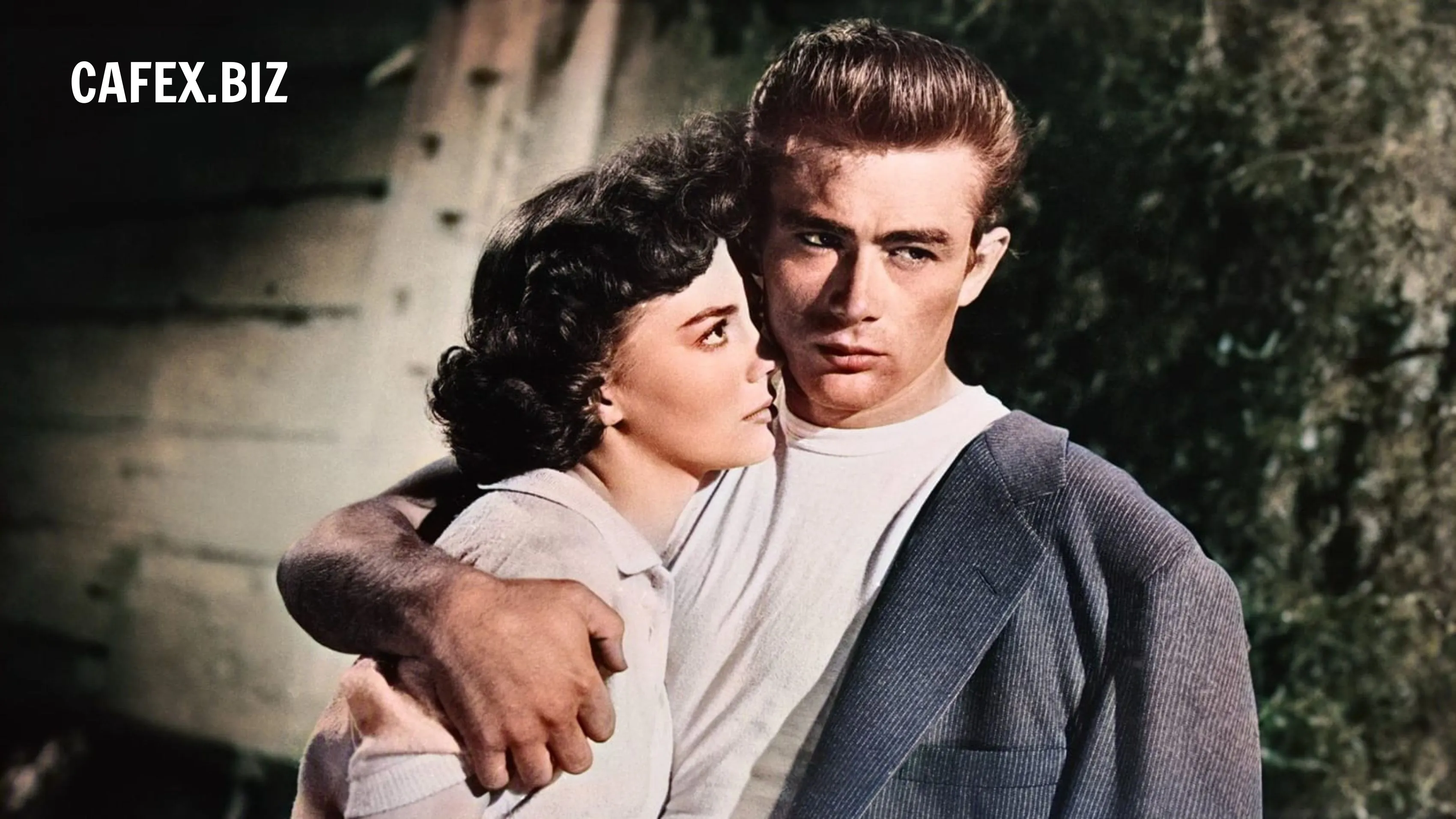Released in 1955, "Rebel Without a Cause" directed by Nicholas Ray, is a timeless classic that delves deep into the turbulent world of American adolescence in the 1950s.
Starring the enigmatic James Dean in the iconic role of Jim Stark, the film became an emblematic portrayal of teen angst, rebellion, and the search for identity.
As a groundbreaking film of its time, "Rebel Without a Cause" continues to captivate audiences with its raw emotion, psychological depth, and profound societal implications.
The Storyline and Themes
"Rebel Without a Cause" centers around Jim Stark, a troubled teenager who moves to a new town with his parents in an attempt to escape his past. Upon arriving, Jim finds himself entangled in the complexities of teenage life.
Seeking acceptance and a sense of belonging, he forms a unique bond with two other misfit teenagers, Plato (Sal Mineo) and Judy (Natalie Wood), both struggling with their own emotional traumas.
The film explores various themes that remain relevant to this day, such as the generational gap, juvenile delinquency, peer pressure, family dysfunction, and the search for personal identity. By navigating these themes, the film effectively captures the essence of adolescent emotions and psychology.
James Dean's Iconic Performance
James Dean's portrayal of Jim Stark stands as one of the most celebrated performances in cinematic history.
His magnetic presence and authentic delivery showcased a level of emotional intensity that was rarely seen in Hollywood at the time. Dean's embodiment of a rebellious and tormented soul resonated deeply with audiences, making Jim Stark an enduring symbol of teenage angst and rebellion.
Tragically, "Rebel Without a Cause" marked one of James Dean's final film roles before his untimely death. His contribution to the film industry and the eternal legacy of his performance in this film are forever etched in cinema's collective memory.
The Impact of "Rebel Without a Cause" on Youth Culture
Upon its release, "Rebel Without a Cause" ignited discussions among critics and audiences alike about the state of American youth culture.
The film's portrayal of teenage disillusionment and the yearning for personal identity struck a chord with the younger generation, who saw themselves reflected in the characters' struggles.
"Rebel Without a Cause" inadvertently sparked debates on societal norms, parental responsibilities, and the need for better understanding and support for troubled youth. It also brought to light the need for more open dialogues about mental health and the importance of addressing the emotional needs of adolescents.
The Direction and Cinematography
Nicholas Ray's direction of "Rebel Without a Cause" was innovative for its time, incorporating dynamic camera work and distinct visual techniques to enhance the emotional impact of the film. The use of vibrant colors and shadows created an atmospheric backdrop that mirrored the characters' emotional turmoil.
Ray's focus on character-driven storytelling allowed the film to delve into the complexities of adolescence, offering a multidimensional view of each character's struggles and motivations.
The result was a film that didn't shy away from exploring the darker aspects of teenage life while simultaneously providing a glimmer of hope for personal growth and understanding.
The Enduring Legacy
James Dean's Cultural Icon Status: James Dean's portrayal of the tormented teenager, Jim Stark, turned him into a symbol of teenage angst and rebellion. His untimely death shortly after the film's release cemented his legendary status as a cultural icon. Dean's enigmatic charisma and authenticity left an indelible mark on American pop culture, making him an enduring idol for subsequent generations.
Themes of Teen Identity and Rebellion: "Rebel Without a Cause" tackled profound themes of teenage identity, alienation, and the search for belonging. Its exploration of the generational gap and the frustrations of youth resonated with audiences in the 1950s and continues to resonate with teenagers and young adults today. The film's candid portrayal of adolescent emotions and struggles ensures its relevance across generations.
Influence on Teen Films: The film's impact extended to subsequent movies that delved into the teenage experience and rebellious youth culture. Films like "The Breakfast Club" (1985) and "Ferris Bueller's Day Off" (1986) drew inspiration from "Rebel Without a Cause" in their portrayal of teenagers questioning societal norms and parental authority.
Contribution to Pop Culture: The image of ames Dean in his red jacket and blue jeans became an iconic representation of youthful rebellion and teenage coolness. The phrase "rebel without a cause" itself entered the lexicon as a descriptor of defiant and non-conformist individuals.
"Rebel Without a Cause" remains a cinematic masterpiece that not only captured the spirit of American adolescence in the 1950s but also spoke to the universal themes of identity, belonging, and the challenges of growing up. James Dean's performance and Nicholas Ray's direction have cemented the film's place in history, making it a timeless classic that continues to resonate with audiences of all ages. The film's portrayal of teenage rebellion and its exploration of the human condition have solidified its status as a cultural touchstone, ensuring that its legacy endures for generations to come.


